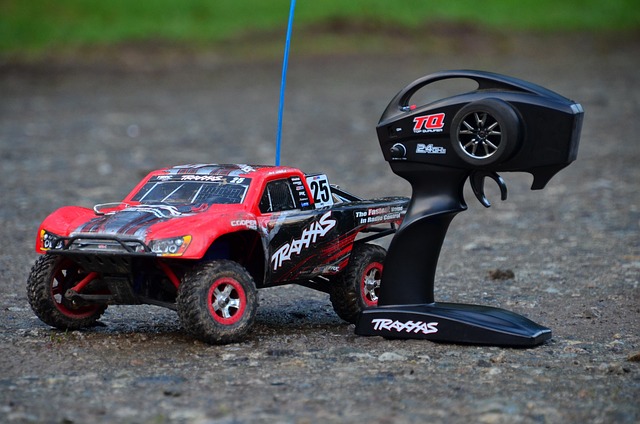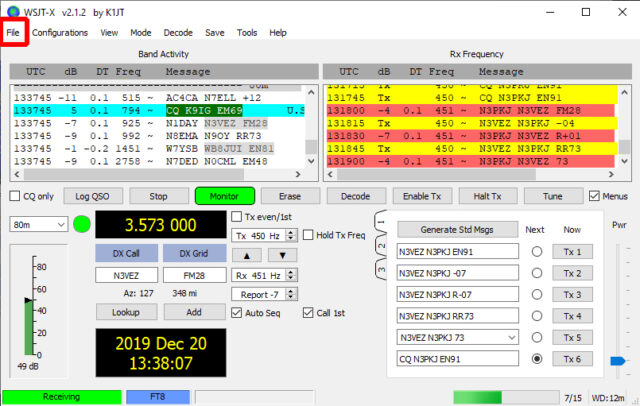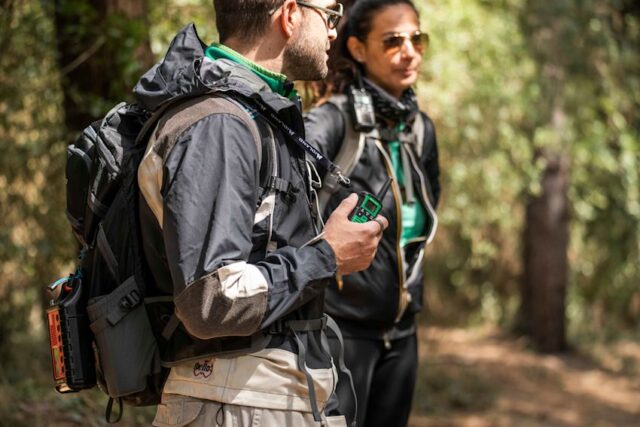PMR446—short for Personal Mobile Radio on the 446 MHz band—is Europe’s answer to easy, no-license-required two-way radio. Whether you’re organizing an event, exploring the outdoors, or simply keeping in touch with your group, PMR446 radios offer a simple, effective, and affordable way to stay connected without relying on mobile networks.
What is PMR446?
PMR446 operates on UHF frequencies from 446.0 to 446.2 MHz. These radios are allowed for use across most European countries without needing a license, making them perfect for everyday users and small businesses. There’s a power cap of 0.5 watts and you’re required to use the fixed antenna that comes with the radio—no swapping or modifying.These rules help reduce interference, keep things simple, and ensure that everyone plays fair. Even with the power limits, PMR446 can easily handle short-distance voice communication—typically around 1–2 km in towns and potentially 5 km or more in open countryside.
How PMR446 came to be
PMR446 first appeared in 1999, giving Europe a standardized, license-free option similar to America’s Family Radio Service (FRS). Before that, different countries had their own local systems, which made things confusing, especially when traveling across borders.The European CEPT group stepped in and created a unified approach—PMR446. That meant if you bought a radio in Germany, it would still work legally and safely in France, Italy, or the UK. Later, digital versions like dPMR and DMR Tier I added more features and clearer sound.
Channels and digital options
PMR446 originally offered just 8 analog channels, but as usage grew, so did the options. Now, most modern radios support:
- Analog PMR446: Up to 16 channels (the original 8 plus 8 extras).
- Digital PMR446: Up to 32 channels, depending on the mode (dPMR or DMR Tier I).
Digital radios bring better audio clarity, more resistance to interference, and features like group calling, text messages, and sometimes GPS. Many devices today support both analog and digital, giving you flexibility depending on who you’re talking to.
Everyday uses for PMR446
You’d be surprised how many places PMR446 shows up. Here are some of the most common uses:
- Outdoor adventures: Perfect for hiking, skiing, or cycling where phone coverage drops off.
- Event coordination: Concerts, festivals, and markets use PMR446 for real-time staff communication.
- Worksites: Construction, logistics, and warehousing crews use them for safety and task coordination.
- Retail and hospitality: From hotels to supermarkets, staff can stay in touch without needing Wi-Fi.
- Families and travelers: Keep kids close, coordinate while road-tripping, or talk without roaming charges.
PMR446 for small businesses
Although PMR446 isn’t designed for large-scale industrial use, it fits perfectly in small to medium business operations. It’s reliable, affordable, and doesn’t come with licensing headaches or service fees.Some common users include:
- Security guards at events, malls, or schools
- Maintenance workers in offices or campuses
- Warehouse teams organizing deliveries or stock
Even with limited power, these radios handle most small-area communication needs effectively.
How PMR446 compares to FRS in the USA
PMR446 and FRS are like cousins: same idea, different rules. Here’s how they compare:
| Feature | PMR446 (Europe) | FRS (USA) |
|---|---|---|
| Frequency Range | 446.0–446.2 MHz | 462 & 467 MHz (UHF) |
| Power Limit | 0.5 watts ERP | Up to 2 watts (FRS), 5W (GMRS) |
| Channels | 16 analog / 32 digital | 22 channels (some shared with GMRS) |
| Antenna | Built-in, non-removable | Built-in, non-removable |
| Licensing | License-free | FRS: No license; GMRS: License required |
| Range | ~2–5 km max | ~3–8 km max |
FRS radios in the U.S. often have more power and better range, but PMR446 is more standardized across Europe. It’s worth noting that PMR446 radios aren’t legal in the U.S., and vice versa.
Are there other license-free options in Europe?
PMR446 is the most popular, but a couple of niche systems exist:
- LPD433: Operates around 433 MHz. Lower power (just 10 mW), more channels (up to 69), and less consistent coverage. Legal in some countries.
- FreeNet (Germany only): Uses 149 MHz frequencies with up to 1 watt power. Works similarly to PMR446 but is not available elsewhere.
These systems are far less common, and PMR446 remains the go-to choice for most users.
What’s great—and not so great—about PMR446
Pros:
- Easy to use and no license needed
- Widely legal across Europe
- Affordable and widely available
- No monthly fees or subscriptions
- Great for group chats and coordination
Cons:
- Limited range and power
- You can’t change or upgrade antennas
- Analog models have no privacy features
- Can get crowded in busy locations
- Not legal outside Europe
Digital models improve things with better audio and more channels, but the core limitations still apply.
What to look for when buying a PMR446 radio
Not all radios are created equal. Here’s what to check:
- Channel support: 16 analog and up to 32 digital is ideal.
- Digital compatibility: Look for DMR Tier I or dPMR models if you want better audio.
- Durability: Waterproof or shockproof for outdoor or work use.
- Battery life: Longer is better, especially if you’re far from power.
- Accessories: Does it support headsets, mics, or belt clips?
- Display and controls: A clear screen and simple menu make life easier.
Top-rated models include:
- Motorola T82 Extreme
- Icom IC-F29SR2
- Kenwood TK-3701D
- Hytera PD355LF (for digital users)
Staying legal
Even though PMR446 is license-free, there are still rules:
- Use approved devices only
- Don’t boost power or swap antennas
- Share the airwaves—others use them too
- Stick to casual or light business use
And if you’re going digital, make sure your radio follows the proper standards.
How does PMR446 stack up to licensed radios?
PMR446 is great for everyday needs, but what if you need more range, security, or custom features? Then you’re looking at licensed systems like DMR or TETRA.
| Feature | PMR446 | Licensed Radios (DMR/TETRA) |
| Cost | Low | High |
| Range | 2–5 km | 10–50+ km (with repeaters) |
| Audio Quality | Good (digital), OK (analog) | Excellent |
| Security | Basic | High (encryption, control) |
| Setup complexity | Plug and play | Requires licensing |
For casual users or small teams, PMR446 is more than enough. If your needs grow, you can always upgrade.
What’s next for PMR446?
PMR446 isn’t standing still. Expect to see:
- Better digital features: Group calls, GPS, and messaging
- Bluetooth and smartphone integration
- Longer battery life and faster charging
- More rugged, weather-resistant designs
Some countries are even exploring expanded spectrum use and better cross-border support.As mobile networks get overloaded and blackouts become more common, simple, resilient tools like PMR446 will only grow in importance.
Image(s) used in this article are either AI-generated or sourced from royalty-free platforms like Pixabay or Pexels.
Did you enjoy this article? Buy me a coffee!






